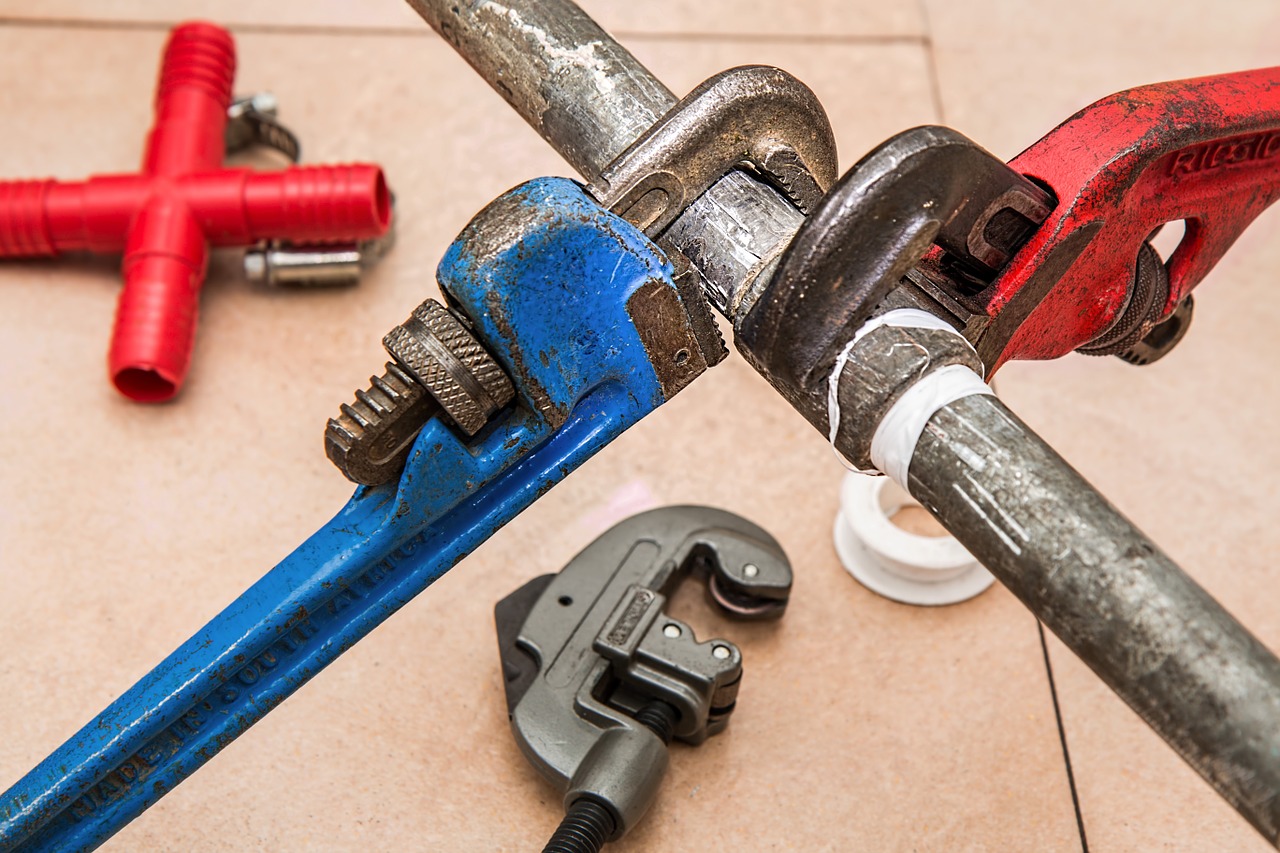If you own a property in a beautiful rural area with no sewage connection, you ought to have a septic tank to rely on, and most importantly, the one that works properly. However, suppose you happen to notice unusual occurrences such as unpleasant smells or nasty stuff bubbling in your garden, the toilet not flushing properly, etc. In that case, it’s time to react – and do it quickly. Several septic problems might occur; some of them are preventable, while others are not. We’ve asked specialists who offer the service of septic tank cleaning in Miami to tell us about the most common septic problems and the solutions to them, and here they are:
Septic Problems
1. Damages caused by nature
Determining where to place the septic tank is extremely important because roots from trees can cause severe damage to it. If your tank is placed near the trees, its roots can start growing through its walls, damaging the construction, soakaway, and pipes. If this happens, the nasty stuff from inside the tank may leak out. The water from the ground can get into it. This occurrence creates a terrible mess in the area where the system is placed but can be avoided by correctly positioning it. On the other hand, you can’t prevent the ground movement, but since it puts a lot of pressure on the tank, it can cause fractures in its walls. When this happens, you may notice your septic tank needing to be emptied more often.
2. Collapsed baffle
A baffle is essentially a barrier inside the tank, and it prevents lumpy stuff from escaping to the soakaway. Since soakaway systems can only deal with liquid waste, it’s crucial to stop anything chunky from getting into it. This is how it works: you flush down, and the waste travels to the tank and then separates into three layers. The heavy, lumpy stuff goes to the bottom, and fats get to the top. The liquid stays in the middle and later on travels to the soakaway, and it provides a sort of treatment of the waste (since it is safely dispersed into the surrounding soil). You see, if the baffle is damaged, the lumpy stuff can freely get to the soakaway and prevent that treatment from happening. As the soakaway system gets blocked up, the waste can easily find its way back to your household.
3. Damaged dip pipes
Depending on the type of your tank, it can either have a baffle, dip pipes, or both. A dip pipe ensures that only the correct type of waste from your septic tank goes into the soakaway system. It should be placed correctly during the installation, but unfortunately, it can get knocked off during an emptying. If it’s found resting at the bottom of the tank, it means that the wrong stuff has gotten into the soakaway, and the system has become choked. If this happens, the nasty stuff might find its way back to your property or the surface above the soakaway.
4. Lack of maintenance
Here’s the one that’s up to you. Emptying the septic tank regularly is your responsibility. Because you’ll be the one that schedules it with the local tanker company. Based on your tank type, you should know how often it needs to be emptied; it’s usually every year.
5. Vehicle damage
Most septic tanks and soakaways are placed in the countryside. And, since they’re put under the ground, people can’t tell where they are. Pressure on the tank occurs when heavy farm vehicles (such as tractors) drive over the land that covers the tank, and it can cause the system to collapse.
Other Articles You May Enjoy
HOW TO SECURE YOUR ROOF FOR NATURAL DISASTERS
10 REASONS YOU SHOULD INSPECT YOUR ROOF REGULARLY TO SAVE MAINTENANCE COST





